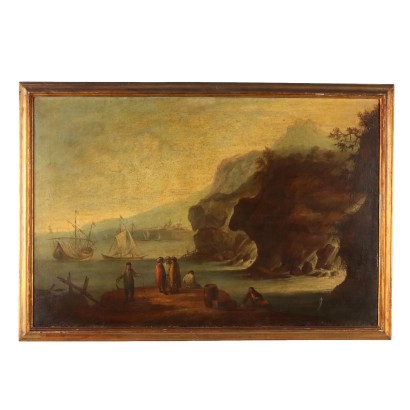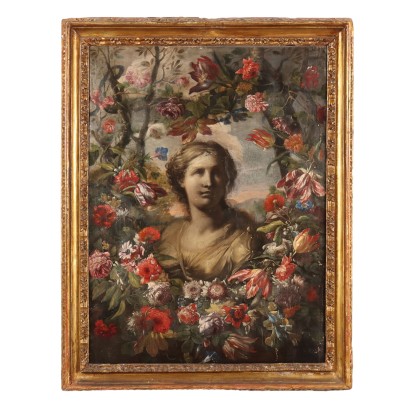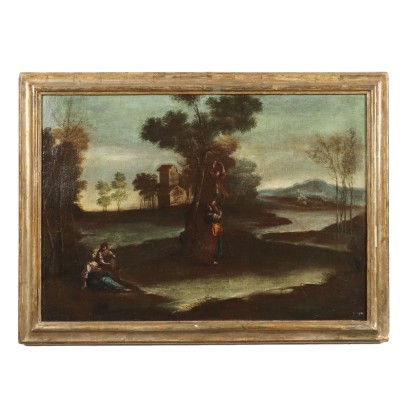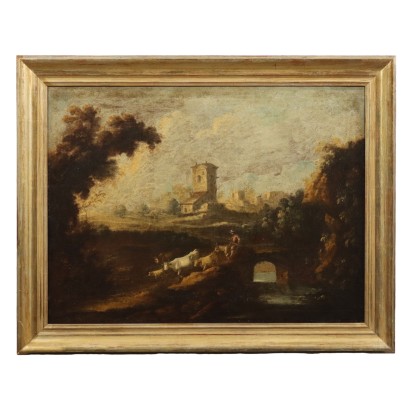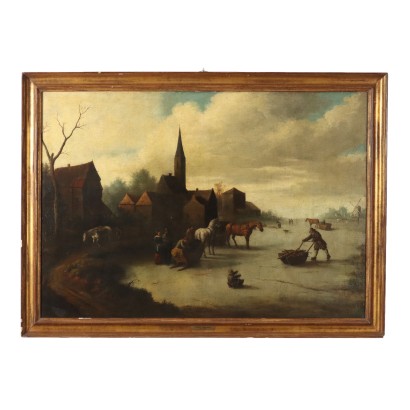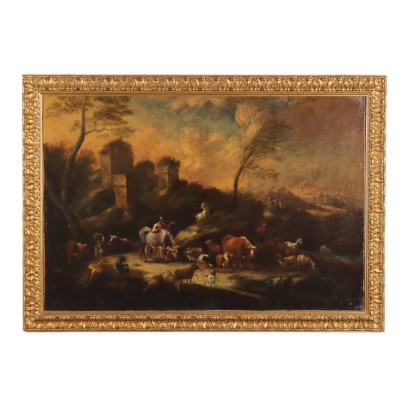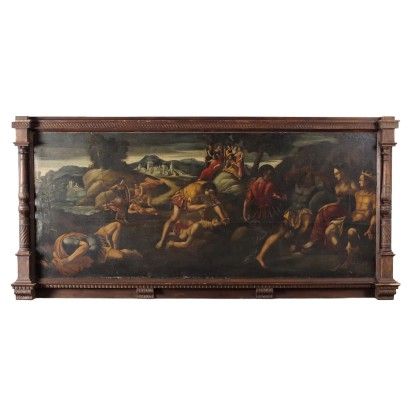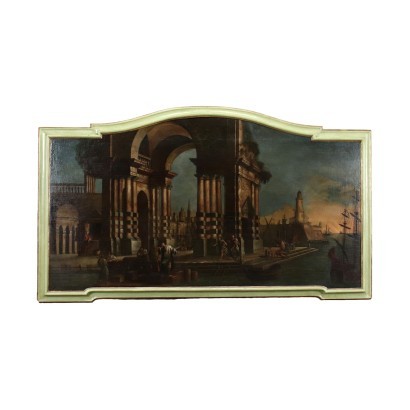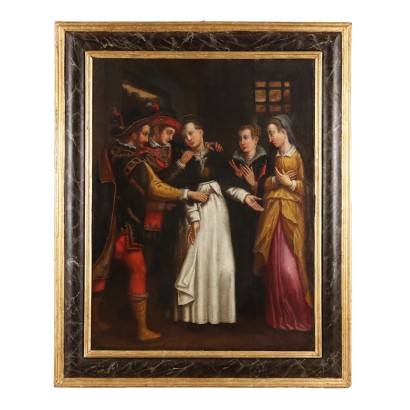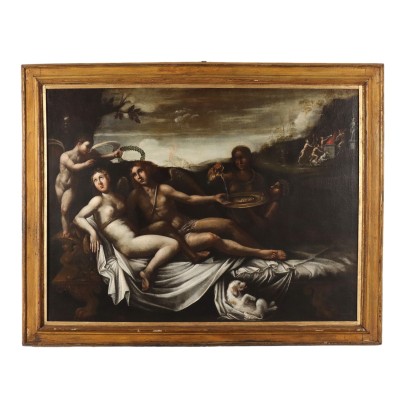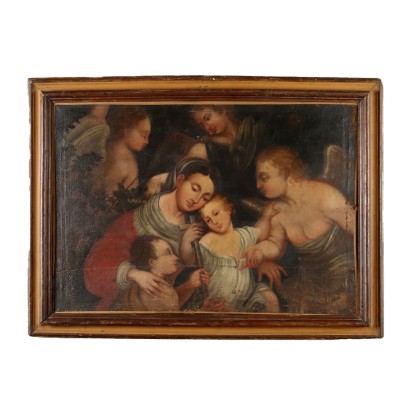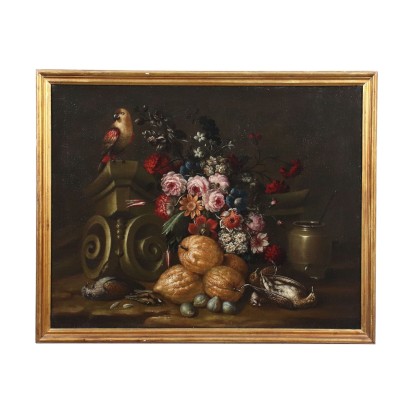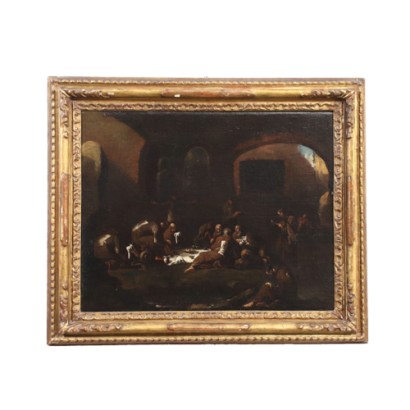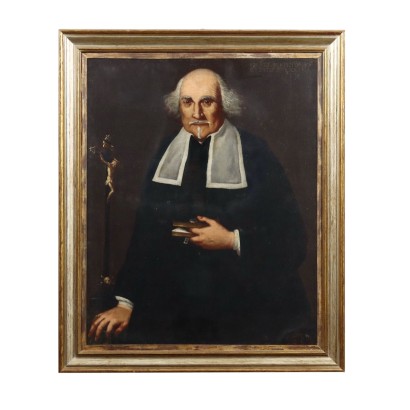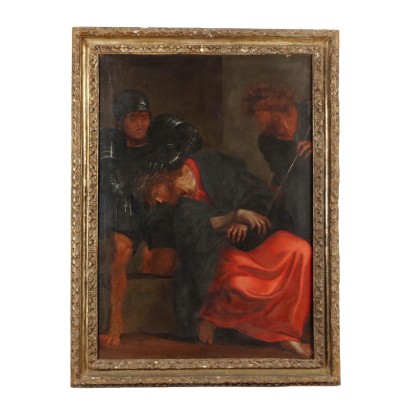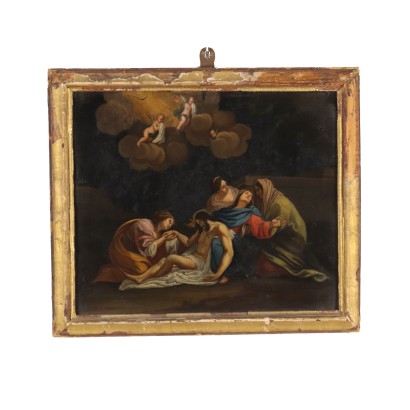In evidence
Price
Age
dimensioni opera
ApplyArtist
- Philipp Peter Roos [1]
- Domenico Gargiulo [1]
- Antonio Francesco Peruzzini [1]
- Domenico Lupini [1]
- David Teniers III [1]
- Carlo Antonio Crespi [1]
- Louis Dorigny [1]
- Peter Paul Rubens [1]
- Thomas Heeremans [1]
- Hercules Sanders [1]
- Giuseppe Maria Crespi [1]
- Maximilian Pfeiler [1]
- Felice Boselli [2]
- Guido Reni [1]
Subject
- Figures of Saints [9]
- Biblical scene [9]
- Landscape with animals [1]
- Battle [2]
- Still life [13]
- Historic Subject [5]
- Landscape with Figures [13]
- Marine Landscape [1]
- Landscape with Architecture [3]
- Portrait/Face [7]
- Allegorical/Mythological Subject [6]
- Sacred Subject [25]
- Interior Scene [2]
- Genre Scenes [6]
- Scene with Figures [8]
Artistic school
- Central European school [3]
- Central-Italian school [6]
- Emilian School [3]
- Flemish School [3]
- French School [4]
- Genoese School [2]
- Italian School [5]
- Lombard School [3]
- Neapolitan School [3]
- North-European School [3]
- Dutch School [1]
- Roman School [2]
- Tuscan School [2]
- Venetian School [4]
- Ligurian School [1]
- North Italy School [12]
Technical specification
ANCIENT PAINTING
FREE SHIPPING
In this section you can find all the Ancient Painting works available in our online catalogue. A wide and refined selection that includes Landscapes , Still Lifes , Portraits , faces, Sacred Subjects , glimpses and views with which you can enrich any room in your home.
Do you have similar artwork to sell? Contact us! 


Sort by

